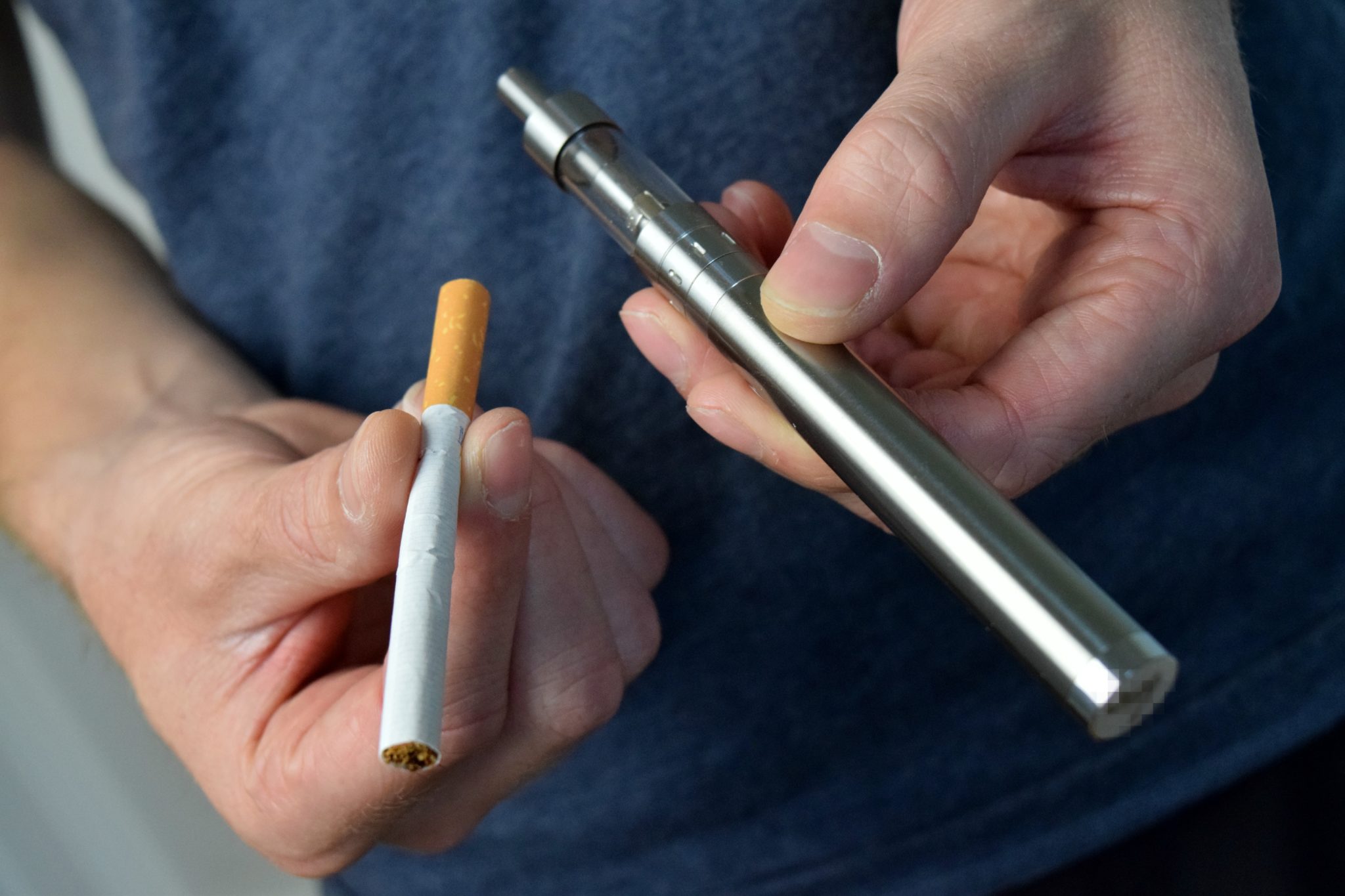As the Food and Drug Administration (FDA) nears a September deadline to decide on the legality of vaping products in the United States, abstinence-only advocates have been doubling down on their message: ban flavors. Largely led by the influential Campaign for Tobacco-Free Kids (CTFK) and the Parents Against Vaping E-cigarettes (PAVE), these organizations cry for prohibition every chance they get.
On August 9, PAVE shot off an email to supporters, warning about a supposed risk of going back to school.
“As our kids return to in-person learning, e-cigarette use may not feel like our biggest concern,” the message reads, with unintended understatement. “But the youth vaping epidemic rages on, with almost 4 million middle- and high-schoolers vaping, the majority of them using flavors. Back among their peers, with COVID-fueled anxiety on the rise, kids will have much easier access to these dangerous devices.”
Evidence keeps emerging that prohibiting the sale of flavored vaping products actually makes youth smoking rates go up.
The group then asks you to click a button to send a pre-written message to the FDA, asking the agency to strip flavored vaping products—including menthol—from the market.
Whatever the intentions behind it, that strategy’s success appears to be producing a consequence to make PAVE and its allies shudder: Evidence keeps emerging that prohibiting the sale of flavored vaping products actually makes youth smoking rates go up. That is, teens are responding to the prohibitions by turning to far more-harmful cigarettes. (Neither PAVE nor CTFK responded to Filter’s requests for comment by publication time.)
Now, a new study suggests that if “vape product sales were restricted to tobacco flavors,” one-third of US vapers aged 18 to 34 say they’ll switch to smoking. The authors of the paper, published in Nicotine & Tobacco Research, analyzed data from February to May 2020—representing 2,159 young adults in Atlanta, Boston, Minneapolis, Oklahoma City, San Diego and Seattle—to examine support for e-cigarette sales restrictions, and the perceived impacts of flavor bans and outright vaping bans.
Their findings should be an immediate cause for concern. Because just as the children of these fearful parents and activists are stepping back into the classroom, the FDA is set to rule, by September 9, on the premarket tobacco product applications (PMTAs) of at least some vaping manufacturers. Its decisions have the potential to create the conditions for a mass switch to smoking.
Although it’s conjecture at this point, many tobacco control and public health experts suspect that the FDA will authorize some products, dealing with the largest companies first. With that approval comes the designation that those products are “appropriate for the protection for public health,” a clunky phrase with incredible implications for the future of safer nicotine alternatives in the United States: Approval would mean that the FDA has greenlit these vapor products as being a net positive in public health terms.
According to Dr. Charles Gardner, the executive director of INNCO, a global nonprofit that supports the rights and well-being of adults who use safer nicotine, the FDA’s impending deadline will be “like watching an unstoppable object hit an immovable wall.”
“The FDA must know flavor bans will increase teen, young adult, and older adult smoking,” he told Filter.
“In general, the FDA does not comment on specific studies, but evaluates them as part of the body of evidence to further our understanding about a particular issue and assist in our mission to protect public health,” an FDA spokesperson told Filter.
So far, it has been much easier for prohibition-minded lobbyists and advocates to push for flavor bans on the state and local levels, where they appear to wield much more power. Countless major cities—San Francisco and New York City, for instance—have banned the sale of flavored vaping products already, and some draconian policy seems to emerge in a different town every other day.
On top of the recent Nicotine & Tobacco Research study, two similar articles were released in leading academic journals over the past few months: One study published in JAMA Pediatrics found that following San Francisco’s ban on flavored vapes and tobacco products, teens in the city’s high schools were more likely to take up smoking than those in other US school districts; the other, also in Nicotine & Tobacco Research, suggests that teens who vape would likely be smoking cigarettes instead if vapes had never become available.
Despite this growing data, the FDA knows, Gardner said, that “all hell will break loose if they authorize flavors as ‘appropriate for the protection of public health.’”
“The Truth Initiative and the Bloomberg-funded Campaign for Tobacco-Free Kids have staked their reputations on the public health benefits of flavor bans,” he continued. “And many key leaders in the US Congress believe them.”
Photograph by Vaping360 via Flickr/Creative Commons 2.0
Both INNCO and The Influence Foundation, which operates Filter, have received grants from the Foundation for a Smoke-Free World.





Show Comments